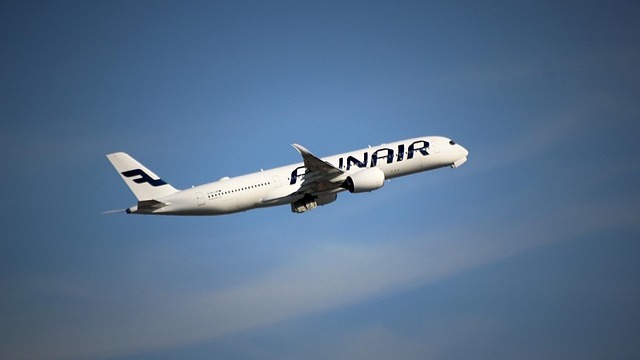
Finnair's Cabin Crew Contract Negotiations: A New Chapter Ahead
In a significant development for the airline industry, Finnair and the Finnish Transport Workers’ Union AKT have reached a tentative agreement regarding cabin crew contracts, bringing a hopeful conclusion to months of negotiations aimed at securing satisfactory working conditions for approximately 1,800 cabin crew members. This agreement, concluded on May 19, is pivotal not only for the airline but also for the future of customer service excellence and operational stability within Finnair.
Building Trust Through Negotiation
The negotiations began in December 2024, reflecting the ongoing need for fair labor practices in the aviation sector. Kaisa Aalto-Luoto, Finnair’s Chief People Officer, expressed satisfaction in this breakthrough, emphasizing the importance of constructive dialogue between the airline management and staff representatives. This negotiation serves as a model for how labor discussions can yield beneficial outcomes for both the employees and the company, reinforcing a culture of trust and collaboration.
Impact on Service Quality and Customer Satisfaction
For travelers who place a premium on customer service, this newly negotiated agreement holds great importance. Finnair has consistently received high ratings in customer satisfaction surveys, largely attributed to their dedicated cabin crew who ensure passenger safety and comfort. As measures for staff welfare and working conditions improve, travelers can anticipate an even better experience onboard.
What’s Next for Finnair and AKT?
The agreement is pending formal ratification, a process that will involve verification by the administrative bodies of both parties. This could pave the way for enhanced working conditions that reflect the evolving landscape of labor rights in the airline industry. It’s crucial for all stakeholders, including travelers, to stay informed as further details emerge post-ratification.
The Strain of Negotiation on Airline Operations
The aviation industry has faced unprecedented challenges, from the pandemic's impact on travel patterns to the rising operational costs. Striking a balance between profit margins and labor satisfaction is vital not only for Finnair’s recovery but also for the overall hospitality trends in aviation. As airlines navigate these waters, successful negotiations like this one will be significant indicators of how businesses can thrive while respecting their workforce.
Looking to the Future: Trends and Insights
With a tentative three-year agreement in place—though the third year remains optional—there’s an opportunity for Finnair to set a precedent within the industry. Emerging trends in employee satisfaction and retention reflect a growing awareness of the need to invest in human capital. Companies that prioritize employee welfare tend to fare better in customer loyalty and operational resilience.
Call to Action for Travelers
As Finnair implements this new agreement, the value created for cabin crew can translate into improved travel experiences. For those looking to explore what Finnair has to offer, or simply wishing for more information on global travel opportunities, contact us today at www.sitinmyseats.com for more information or to book a free travel consultation! Let’s ensure your travel plans align with airlines committed to excellence.
 Add Row
Add Row  Add
Add 




Write A Comment